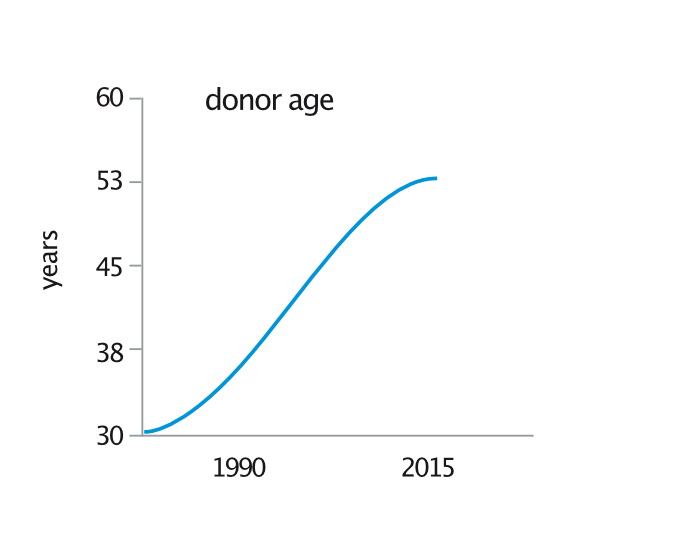
AdobeStock_299959185
Shortage of healthy donor organs for transplantation
Failure or malfunction of a diseased organ, caused by infection, cancer or chronic disease, displays an acute life-threatening condition. It is one of the most common causes of death.
Since a permanent replacement of organ function by an artificial organ is not available (lung, liver), or not ideal (kidney, heart), transplantation remains the sole option. The discrepancy between demand and supply of organs for transplantation leaves many patients suffering and dying without the chance of treatment.
In the attempt to limit organ shortage, even organs with pre-existing damage or organs taken from older donors are increasingly considered for transplantation. This is associated with serious limitations:
- The functionality of organs from older donors is significantly reduced after transplantation.
- Graft survival of organs with preexisting damage is inferior and results in worse recipient survival after transplantation.
- Additional impairment occurs during organ procurement and conventional storage, especially in organs with pre-existing damage.

The average donor age has risen continuously during the past 30 years. Pre-damaged and older organs are also routinely accepted for transplantation in order to cope with the organ shortage.
Such problems may be overcome via ex vivo organ treatment. Therapy and regeneration of marginal donor organs as well as of patients’ own, diseased organs represent a potential revolution in modern medicine.




